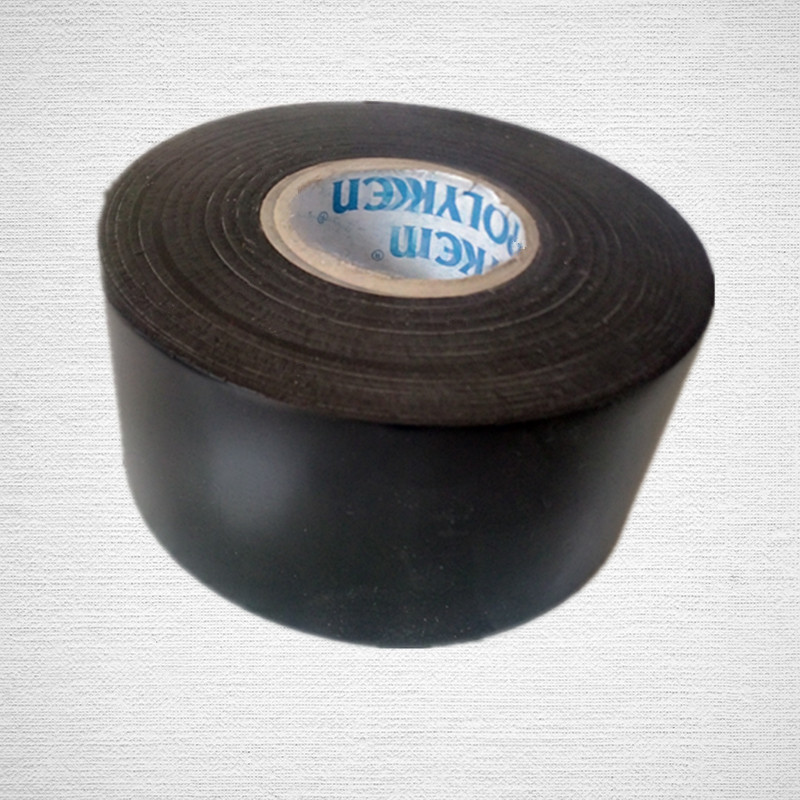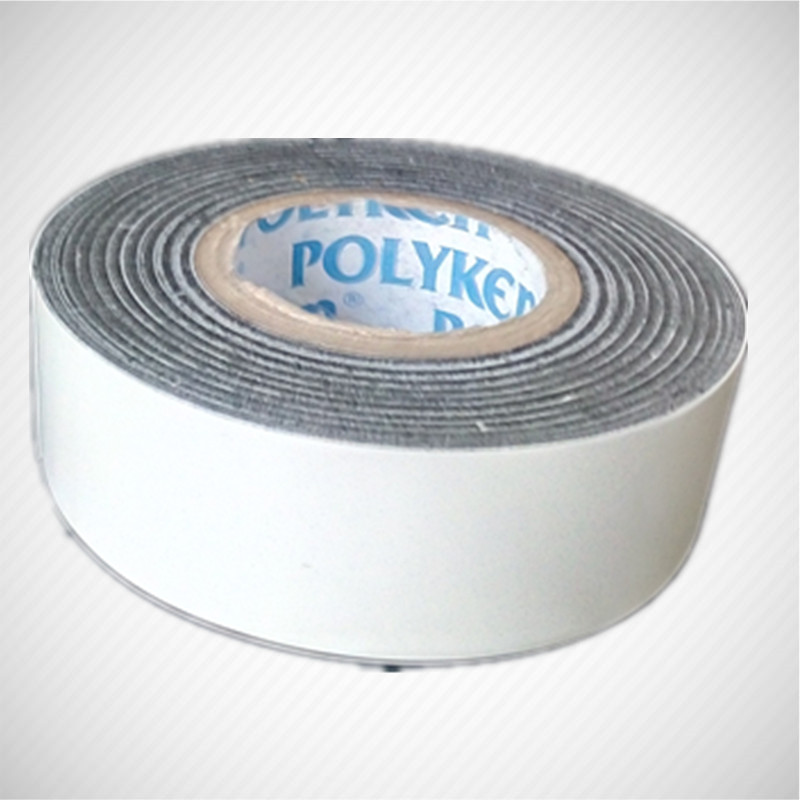Aluminum-magnesium alloy has high mechanical properties, corrosion resistance, low temperature resistance, good plasticity, light weight and low cost, so it is widely used in low temperature pipelines. Although aluminum-magnesium alloy has many of the above advantages, its weldability is more difficult to grasp than the weldability of ferrous metals.
The main reason is that the aluminum-magnesium alloy is oxidized at room temperature to form a refractory oxide film. The oxide film is dense and beneficial to natural corrosion protection, but it is extremely unfavorable for aluminum-magnesium alloy, although the cleaning method is taken before welding.æª, a new oxide film can be produced in a few seconds. This film brings great difficulty to the welding. There is no color difference when melting, it is difficult to observe the degree of melting, and it is easy to cause welding and heat. The affected area collapses and a large number of convex and concave phenomena are formed on the back surface, which destroys the formation of weld metal. The strength is low at high temperature (the tensile strength is only about 1 kg/cm at 370 ° C), and the melting point of the oxide film and the base material are very different, and the melting point of the oxide film is about 2050 ° C. The melting point of aluminum and magnesium is only about 600 ° C, which is a large temperature difference. It brings a lot of difficulties to welding. Welding of aluminum-magnesium alloys mainly causes H2 porosity problems. H2 pores come from moisture and are related to air, oxide film, argon and other factors.
The welded joint creates pores that reduce the strength of the joint. Although the AC TIG welder has the function of anode crushing, it does not completely remove the pores, and many remain in the molten pool. H2 can be dissolved in liquid aluminum in a large amount, the specific gravity of aluminum, and the viscosity of aluminum in molten state is large. According to the principle of Stoff's floating, the floating speed of bubbles in the bath is slow, and the thermal conductivity of aluminum is strong, the condensation is fast, and the bubbles are fast. Air bubbles are formed without evaporating before the crystallization of the bath. In order to obtain high quality welds, a new welding process must be used.
Aluminum-magnesium alloy has high mechanical properties, corrosion resistance, low temperature resistance, good plasticity, light weight and low cost, so it is widely used in low temperature pipelines. Although aluminum-magnesium alloy has many of the above advantages, its weldability is more difficult to grasp than the weldability of ferrous metals. The main reason is that the aluminum-magnesium alloy is oxidized at room temperature to form a refractory oxide film. The oxide film is dense and beneficial to natural corrosion protection, but it is extremely unfavorable for welding. Although the cleaning measures are taken before welding, A new oxide film can be produced in a few seconds. This film brings great difficulty to the welding. There is no color difference when melting. It is difficult to observe the degree of melting, and it is easy to cause welding and heat affected zone. The large block collapses, and a large amount of convex and concave phenomenon is formed on the back surface, which destroys the formation of the weld metal. The strength is low at high temperature (the tensile strength is only about 1 kg/cm at 370 ° C), and the melting point of the oxide film and the base material are very different, and the melting point of the oxide film is about 2050 ° C. The melting point of aluminum and magnesium is only about 600 ° C, which is a large temperature difference. It brings a lot of difficulties to welding. Welding of aluminum-magnesium alloys mainly causes H2 porosity problems. H2 pores come from moisture and are related to air, oxide film, argon and other factors.
The welded joint creates pores that reduce the strength of the joint. Although the AC TIG welder has the function of anode crushing, it does not completely remove the pores, and many remain in the molten pool. H2 can be dissolved in liquid aluminum in a large amount, the specific gravity of aluminum, and the viscosity of aluminum in molten state is large. According to the principle of Stoff's floating, the floating speed of bubbles in the bath is slow, and the thermal conductivity of aluminum is strong, the condensation is fast, and the bubbles are fast. Air bubbles are formed without evaporating before the crystallization of the bath. In order to obtain high quality welds, a new welding process must be used.

Concerned about surprises
Label: Welding knowledge: problems often encountered in aluminum-magnesium alloy welding and solutions
Previous: Hardware Care: Door and Window Hardware Maintenance Cheats Next: Forklift Maintenance: What will cause the forklift hydraulic oil temperature too high?
The Pipe Anticorrosion Materials is a multilayer system used for the protection of steel pipelines. Liquid Adhesives can be used as primers for this system.In addition to serving as primers, these liquidadhesives themselves represent an anticorrosion layer and provide a uniformly smooth contact surface to promote high adhesion of the coating system to the pipe. They are designed for machine or brush application and formulated with stress-corrosion cracking inhibitors. The Anti-Corrosion layer0 is engineered to assure a high bond to the primed surface with excellent conformability characteristics. The mechanical protection layer ,achieves a complete bond to the inner layer, providing maximum handling and in-service protection for the coating system. The adhesives in these and all POLYKEN tape systems contain proven anti-microbial additives.


Pipe Anticorrosion Materials
Pipe Anti Corrosion Materials,Anti-Corrosion Pipe Repair Tape,Anticorrosion Pipe Wrap Tape,Gas Pipe Tape
Jining Qiangke Pipe Anticorrosion Materials CO.,Ltd , https://www.pipe-wrap-tape.com